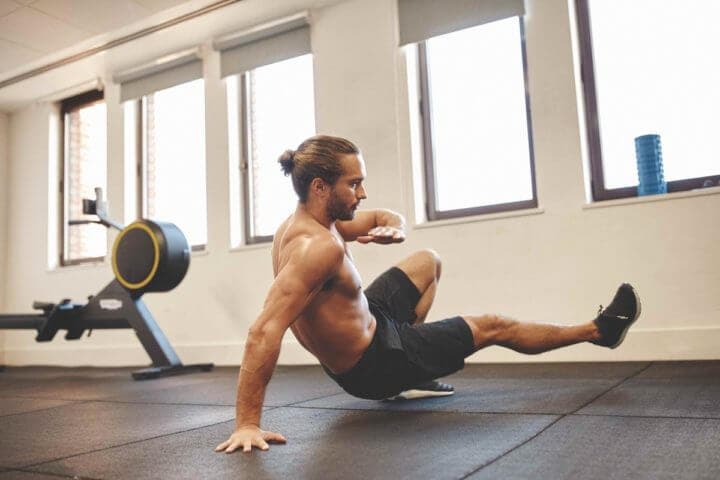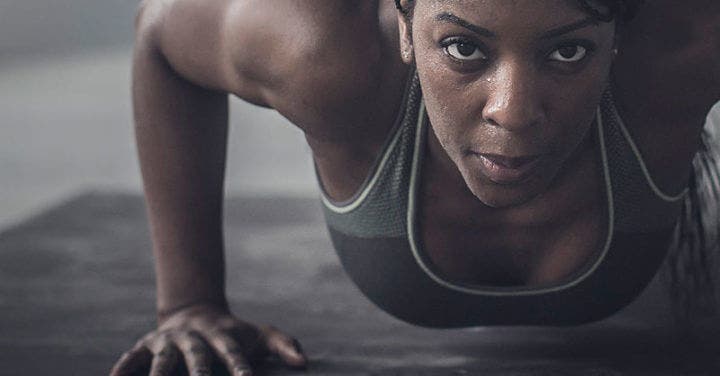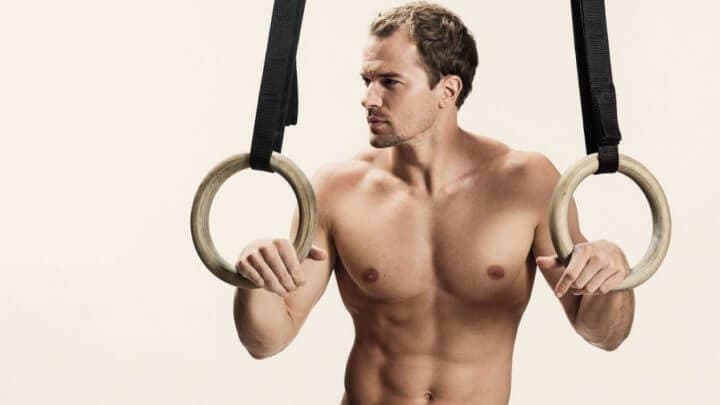Without a doubt, with the rise of fitness in recent years, magazines dedicated to fitness have seen tremendous growth. The diets and routines that can be found in them are intended to contribute to promoting a healthy lifestyle and a practice of physical activity for all audiences. But, like everything in life, there are certain aspects that fitness magazines tend to ignore (intentionally or not) and that those who read them should also know.
We do not intend to question everything that is said in these magazines, but it should be noted that sometimes part of the information or details is hidden in some articles that, if published, could help prevent certain injuries or problems, as is the case for example when they tell us about the routine that this or that movie star follows to stay in shape.

8 things fitness magazines don’t tell
1. Diets are not “universal”
When we talk about diets, we cannot establish a “universal truth” about a specific diet, since even if two people follow the same diet, each one will need a different configuration of it.
The diet of the fitness magazine has been calculated and studied for that specific person, based on their lifestyle and the nutritional requirements of that person, so it will not work for us. For this reason, following a diet that appears in a fitness magazine , no matter how much the Rock or Phil Heath follows, is not going to have any benefit for us, since we are not them.
If we want our diet to work, we must go to a specialist and plan one according to our circumstances and our needs.

2. Some “experts” are just charlatans
This is an important point, because sometimes we can find so-called fitness experts concerned only with gaining fame, publicity and followers (that is, money), instead of worrying about the health of all those who can access their information. And this is a problem because then come the demonizations towards the fitness sector, and not everything is as good or everything is as bad as it may seem.
It is true that it can be difficult to differentiate a charlatan from a true expert in this field, but unfortunately sometimes we have no other way than the trial and error method: test a system and see if it works. Despite this, we are fortunate that these types of people end up disappearing over time under their own weight (not all, but a large part).
An example of this that we discussed, without going into names, is the case of that “Fitness Boy” who one day uploaded a video on his YouTube channel giving us a recipe for some amazing muffins that allowed us to gain a kilo of muscle mass fat free daily. Obviously, anyone who has been in this world for a while knows that this is totally impossible, but this can be deceiving to the most novice.

3. Sleep is a determining factor
Yes, it is true that sleep is a determining factor in terms of sports performance, we speak, and on numerous occasions we can find that it is recommended to sleep seven to nine hours a day … But not everyone has schedules that allow them to sleep that amount of hours. Therefore, focusing more on the quality of the hours of sleep than on the quantity can help us to compensate the deficit of hours of sleep with respect to the standards.
To improve the quality of our sleep hours , there are certain actions that we can carry out in the hours before going to bed, such as avoiding coffee or caffeinated beverages such as soft drinks or energy drinks, avoiding the use of of electronic devices, avoid alcohol consumption, etc.

4. The number of series and repetitions is not non-negotiable
Although when we talk about strength, hypertrophy or definition, we always talk about standards in terms of the number of series and repetitions that our routine must contain to be as efficient as possible, it is also true that these numbers are not written in stone and are not ” universal truths ”. What do we mean by this? That sometimes breaking with those pre-established rules can be a much greater benefit than following the classic system of X series of Y repetitions to gain strength, for example.
In the end, the training that best suits us and that best allows us to progress and rest is going to be the one we need, and it does not necessarily have to be the one described in fitness magazines. This point is important when we are faced with an article such as “Arnold’s shoulder routine”, in which a series of exercises, series and repetitions are pre-established so that our shoulders grow like Arnold’s. And this, as much as they insist on a fitness magazine, is not going to be like that.

5. The misconception of “muscle toning”
The concept of ” muscle toning ” in most occasions in which we hear someone talk about it, is being misused (and this happens very often in fitness magazines), since to achieve that “toning”, it continues routines whose results are totally opposite.
When talking about toning a muscle , people mean to define that muscle and give it a good aesthetic appearance, and this is usually achieved much better with workouts with medium-high loads than with workouts with low loads and high repetitions (be careful, we say that It is usually better achieved, there are always cases of all kinds and people who do better to train with low loads).

6. Do not constantly “confuse” the muscle
It is clear that we cannot maintain a training routine for 7 consecutive months, but what we cannot do is change routines every three or four weeks .
It is true that the muscle must be “surprised” from time to time to introduce new stimuli, but this does not mean a total change in the routine every few weeks, but rather that we must vary aspects as simple as the angle of inclination of the bench, the width of the grip of the bar, the range of travel of the exercise, adding an elastic band that generates resistance in addition to the weight that we are moving … Small changes that in the long run will give us great benefits.

7. Science is not always wonderful
It is clear that in the world of training science serves as the basis for infinite improvements in terms of training systems, food … but there are some other aspects that we must consider in this regard:
- In the first place, for us to speak of “scientific evidence”, there must be a number of studies carried out with a significant number of subjects on the basis of which we can establish that what we are analyzing can be supported by the data we have obtained.
- Sometimes it takes a long time for that scientific basis to exist, but this does not mean that our claim is right or wrong, but that more studies are needed.
- We cannot say that something works just because it is working for us, because it may seem that it is working for us and in the long run the only thing it will do is cause us an injury.
For this reason, when in a fitness magazine they talk to us about scientific evidence and we do not see any reference to those studies that confirm what they are telling us, the first thing we should do is question it and investigate and confirm if there are such studies or not . If we do not find any study that affirms or denies what we have seen in the fitness magazine, we can suspect its authenticity.

8. Genetics matter
To affirm emphatically that ” genetics is the most important thing to gain muscle mass ” could be considered a great mistake. Having good genetics can go a long way, but if we don’t work hard, make certain sacrifices, and push ourselves, the results will never come.
However, more important than genetics is going to be our commitment and dedication to achieve our goal, because if we work hard and do things (food, exercise and rest) as we should, the results will come, but it will cost us a little more time to get them if our genetics are not so good.

References
- Adam Bornstein. 10 Things Fitness Magazines Won’t Tell You. For Livestrong. [Revised February 2018]
